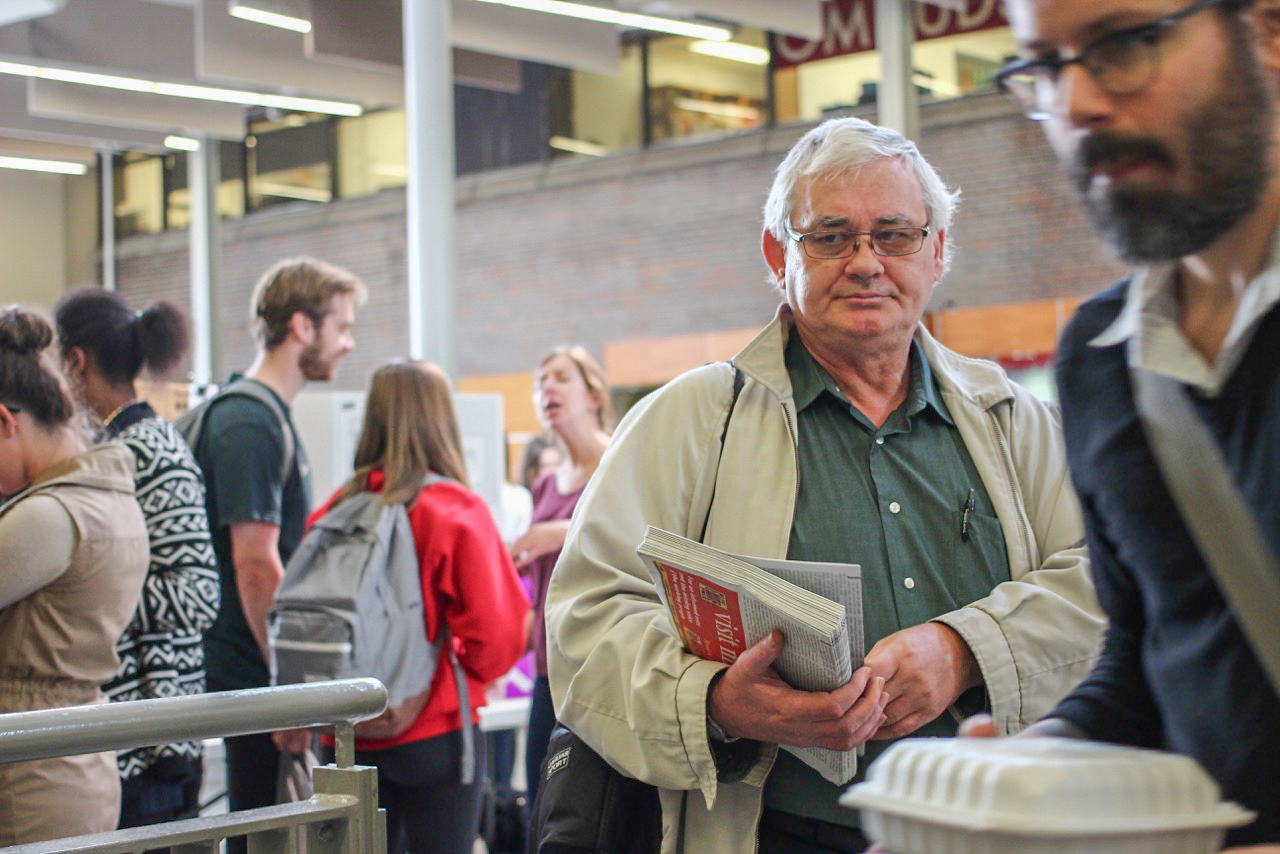Following the end of the Second World War, birth rates spiked in Canada. That generation of post-war babies, colloquially known as baby boomers, would fill up classes in newly-created or expanding post-secondary schools such as Carleton.
There are now more people over the age of 65 than under 15 for the first time in Canadian history, Statistics Canada reported on Sept. 29. With the majority of baby boomers not yet having reached the age of 65, the gap between old and young is expected to grow.
Universities designed to handle more students a generation ago may have to deal with lower levels of enrolment today from Canadians.
In 2014, the federal government announced it wanted to double international student enrolment to attract more than 450,000 students by 2022.
The University of Ottawa (U of O) is attracting more students from other countries and has even kept enrolment steadily rising. In 2014, there were 36,068 undergraduates compared to 32,630 in 2009.
Caroline Renaud, director at the U of O’s international office, said the school made a commitment to increase its number of international students to make up 15 per cent of the student population by 2020.
According to Renaud, the U of O has about 5,000 international students enrolled in degree programs, and an additional 800 a year studying in Ottawa for a semester abroad.
Carleton had 28,289 students enrolled in 2014-15, and about 2,800 to 3,100 of those were international students. According to Ryan Flannagan, acting manager at the International Student Services Office, international students account for about 10 to 11 per cent of Carleton’s population.
Renaud said the influx of international students change what kinds of services are provided on campus. She said more resources are put towards programs to help them adjust, including orientation, mentorship opportunities, and workshops throughout the year.
“An international student who chooses to come to Canada has a lot of integration to do,” Renaud said. “It’s not easy for a Canadian student leaving high school to get used to university studies. Those that come from countries 6,000 kilometres away . . . they need to adapt and they need to adapt quickly.”
Glen Jones, a researcher in post-secondary education policy at the University of Toronto, said it is not only changing demographics that are influencing university enrolment, but also geography.
Jones said while Canada’s population as a whole is getting older, there are differences in where population growth occurs throughout the country. In particular, urban areas continue to see an increase in population.
Therefore, Jones said, schools in the Toronto area will continue to have large amounts of students applying while universities in other parts of the country struggle to keep rates up.
“Over the last decade, a number of institutions in the north have begun to operate campuses in the south, specifically with the notion of maintaining enrolment and moving towards larger demographics,” Jones said.
One example is Lakehead University, which established a satellite campus in Orillia, Ont. in 2006.
Jones said he does not believe an overall lower number of Canadian-born students attending post-secondary schools would lead to an increase in tuition rates, as policy-makers have been preparing for a demographic shift for some time.
Appealing to international students is another technique used by universities to fill the enrolment gap of students at home, which is closely related to Canada’s immigration policy, Jones said.
“We know that we need immigration . . . because we have a declining population, especially amongst younger people,” Jones said. “If we’re going to be in a situation where we have much larger populations of older people, we need younger people to work.”
“The notion to attract the best and the brightest students who might also stay and become Canadian citizens has been part of our approach to internationalization for quite some time,” he added.
However, Jones said Aboriginal people living in Canada are still fully targeted by universities trying to increase enrolment.
“One of the largest growing populations in Canada is our Aboriginal population, which historically have had the lowest participation rates in post-secondary education,” he said. “So addressing demographic issues will hopefully encourage us to deal with that particular concern.”






